In an age dominated by digital perfection and mass-produced uniformity, a quiet revolution is taking place within the textile industry. A growing number of consumers and designers are turning away from the glossy, flawless finishes that have long defined modern manufacturing, instead embracing fabrics that tell a story through their texture and wear. At the forefront of this movement is the rise of "paper-feel" cotton—a fabric celebrated not for its pristine newness, but for its deliberate, almost poetic, embrace of aging.
The term "paper-feel" might evoke images of crisp stationery, but in the context of cotton textiles, it refers to a specific hand-feel and visual character. This cotton is woven to be lightweight, slightly crinkled, and possessing a dry, tactile quality reminiscent of aged paper or well-loved linen. Unlike traditional cotton, which often prioritizes softness and durability, paper-feel cotton is designed to develop a patina over time. It softens with each wash, gains subtle variations in color, and acquires a unique, personal narrative shaped by its use.
This shift towards "easy-to-age" aesthetics is a direct response to the culture of disposability that has plagued fast fashion for decades. As consumers become more environmentally conscious, there is a growing disdain for items that look cheap, wear out quickly, and contribute to waste. The pursuit of a fabric that actually improves with age is, therefore, a form of rebellion. It is a vote for quality over quantity, for sustainability over speed. People are not just buying a garment or a bedsheet; they are investing in an object whose beauty is unlocked through time and care.
Furthermore, the desire for materials that age gracefully taps into a deeper, almost philosophical yearning for authenticity in an increasingly virtual world. Our lives are saturated with digital interfaces—smooth, pixel-perfect, and endlessly reproducible. In contrast, a shirt that softens at the elbows, a couch cover that fades gently in the sun, or curtains that develop a delicate crumple offer a tangible connection to the physical world. They bear the marks of real life. This imperfection is not a flaw; it is a record of existence, making these objects feel genuinely and irreplaceably ours.
The trend is also fueled by a broader design movement that draws inspiration from wabi-sabi—the Japanese philosophy of finding beauty in imperfection, impermanence, and incompleteness. This worldview values the rustic, the modest, and the unconventional. It appreciates the crack in the vase and the patina on the copper pot. Paper-feel cotton, with its inherent irregularity and its destiny to evolve, is a perfect textile embodiment of this philosophy. It doesn’t try to hide the passage of time; it welcomes it.
From a practical standpoint, advancements in textile manufacturing have made this trend possible. Mills have developed new weaving techniques and finishing processes that give cotton this distinctive paper-like handle from the very first use, while also ensuring it has the structural integrity to age beautifully rather than simply fall apart. This involves a delicate balance: the fabric must be durable enough to last for years, yet pliant enough to develop a soft, lived-in character. It’s a testament to modern innovation being used not to create something that never changes, but to create something that is designed to change in the most beautiful way possible.
Ultimately, the rise of paper-feel cotton is about more than just a new texture in home decor or fashion. It is a sign of a changing mindset. It represents a collective move towards mindful consumption, an appreciation for the slow and the artisanal, and a search for meaning and authenticity in the objects we surround ourselves with daily. In choosing the "easy-to-age," we are choosing a different relationship with our belongings—one based not on novelty, but on narrative.
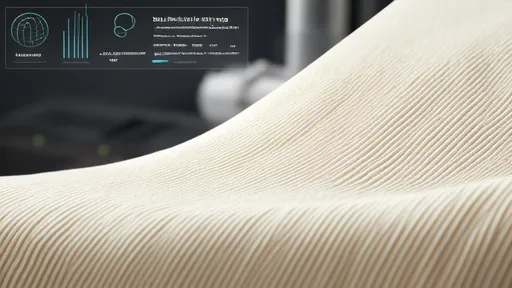
By /Aug 21, 2025
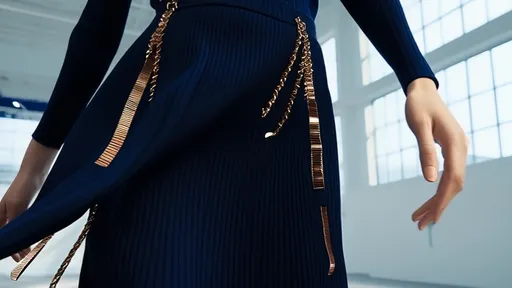
By /Aug 21, 2025
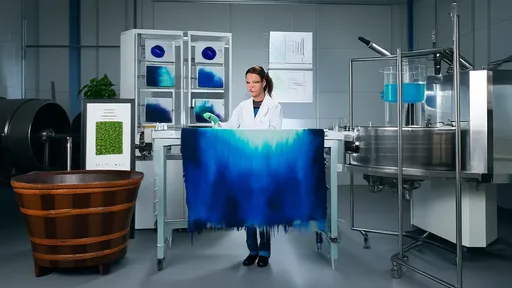
By /Aug 21, 2025
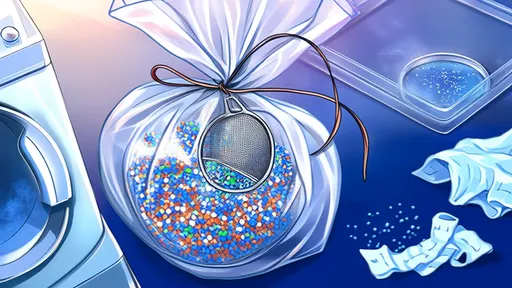
By /Aug 21, 2025

By /Aug 21, 2025

By /Aug 21, 2025

By /Aug 21, 2025

By /Aug 21, 2025

By /Aug 21, 2025

By /Aug 21, 2025

By /Aug 21, 2025

By /Aug 21, 2025

By /Aug 21, 2025
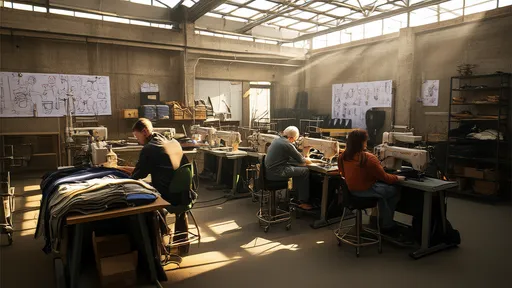
By /Aug 21, 2025

By /Aug 21, 2025

By /Aug 21, 2025
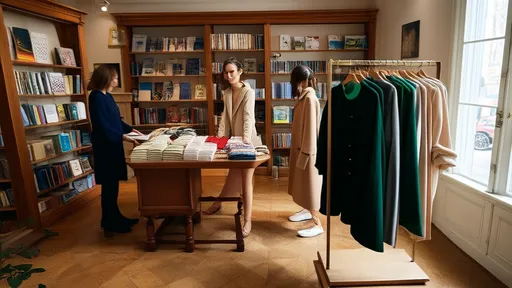
By /Aug 21, 2025

By /Aug 21, 2025

By /Aug 21, 2025

By /Aug 21, 2025